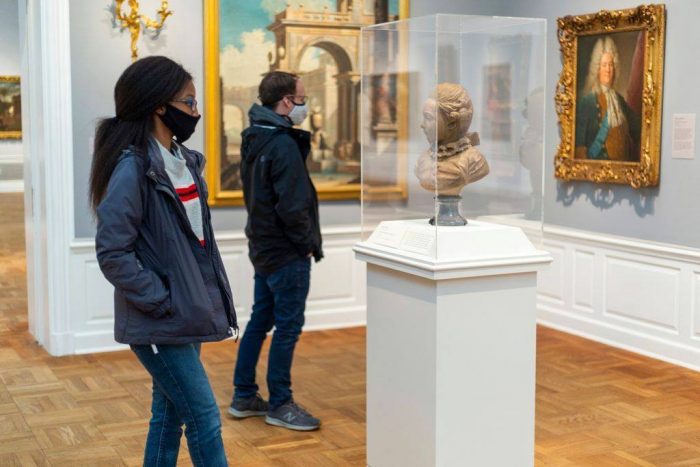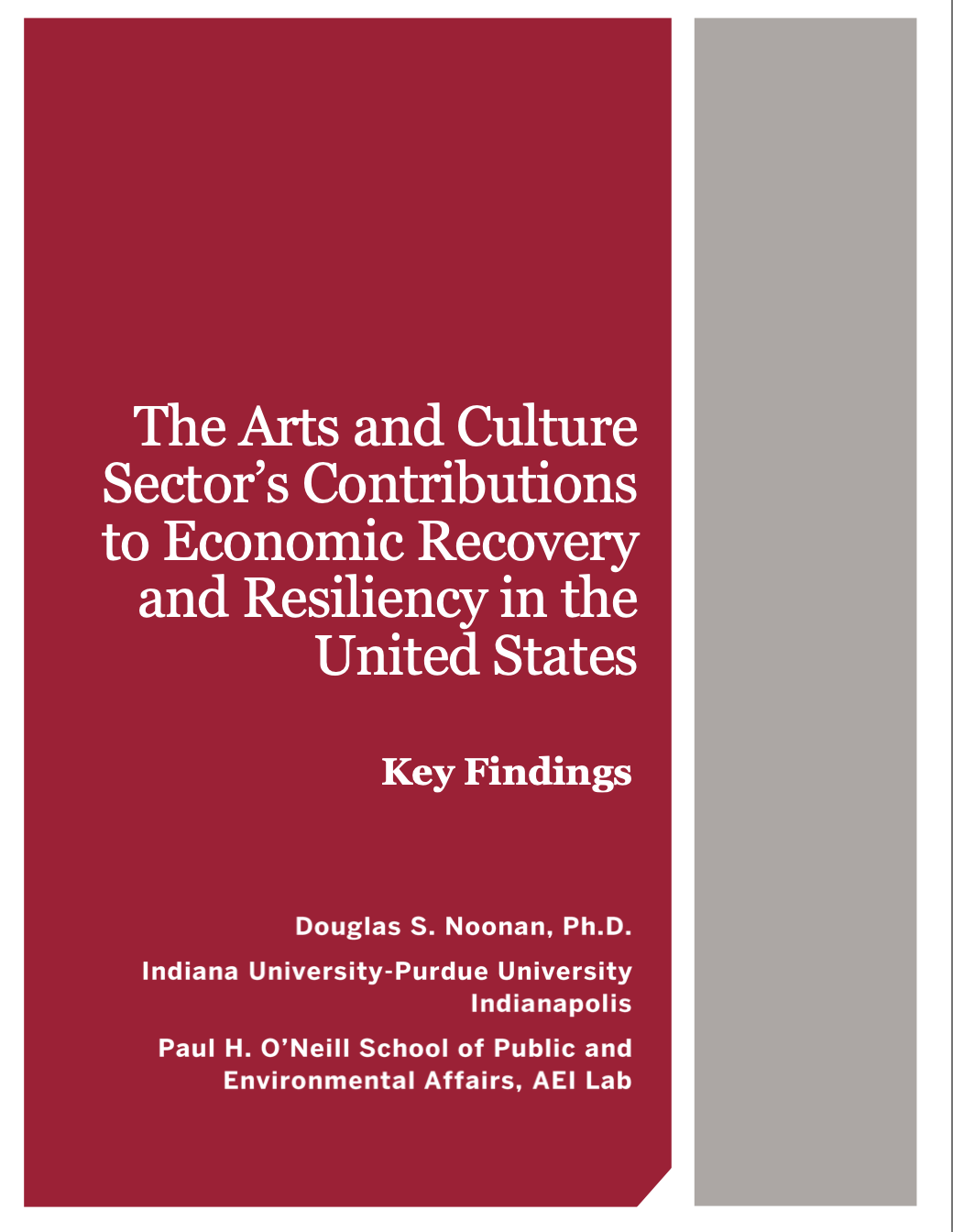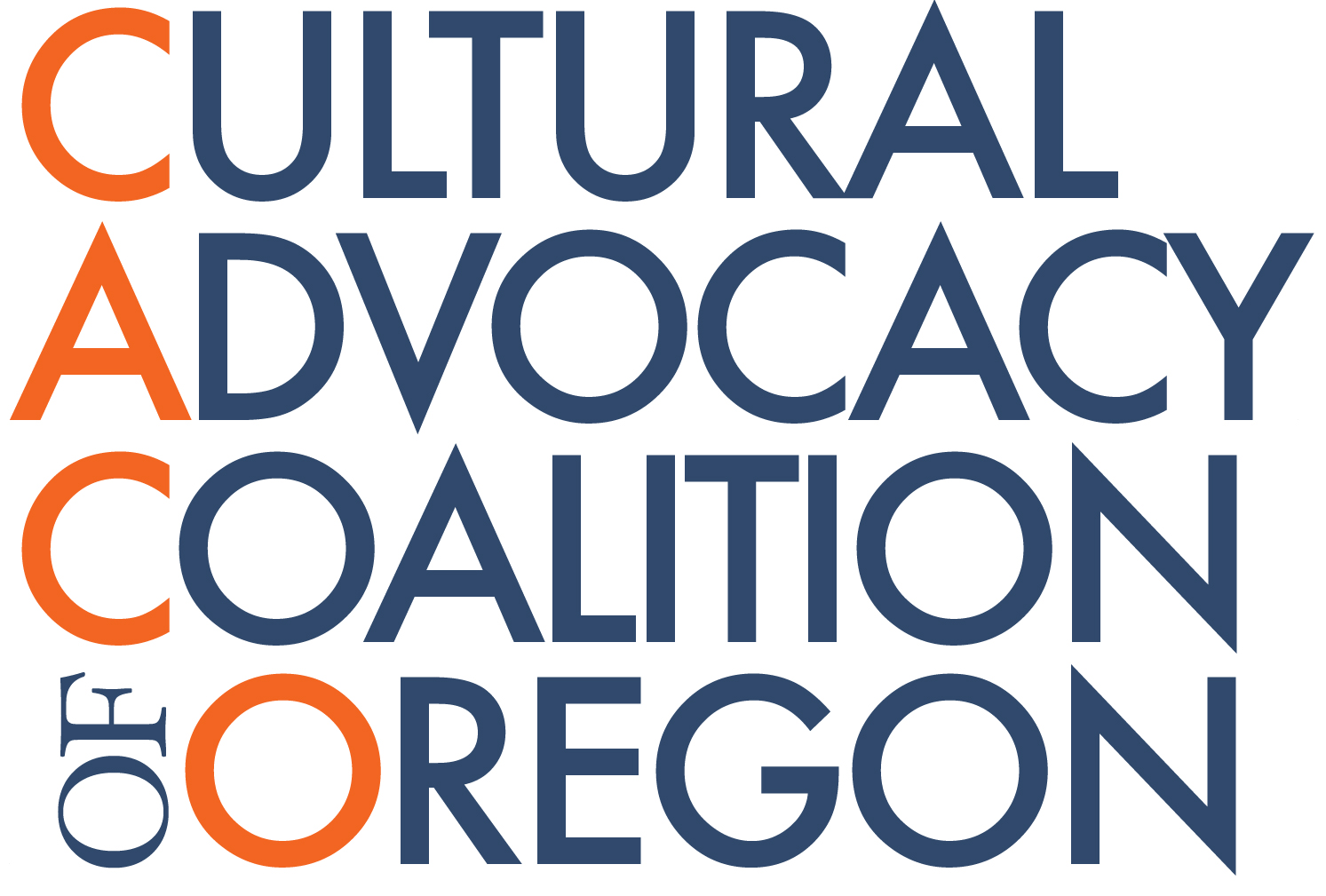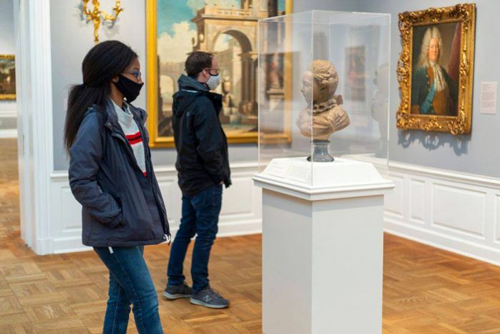
Thank you to the Oregon Arts Commission and the National Assembly of State Art Agencies for writing the following summary report.
The Arts and Culture Sector’s Contributions to Economic Recovery and Resiliency in the United States reveals that the arts are an agile and resilient sector with the capacity to ignite job growth, reduce economic risk, stimulate commerce and attract tourism.
The research, conducted by Professor Douglas S. Noonan of Indiana University-Purdue University Indianapolis Paul H. O’Neil School of Public and Environmental Affairs, uses rigorous quantitative data to show that the arts can actually improve broader economic conditions at the state and local levels.
Among the key findings is that the arts and cultural sector can improve – not merely reflect – the health of the broader economy. The arts offer economic diversification and can rapidly recover from economic downturns. This was evidenced in the years following the Great Recession of 2008-2009, when states’ arts economies grew much faster than the general economy – and states with larger arts economies showed faster recovery.
Another conclusion is that arts employment per capita tends to boost overall employment more strongly in rural areas than in urban areas. “This is meaningful,” says the study, “given that rural communities tend to take longer to rebound from recessions.”
An accompanying technical report and case studies from 11 states flesh out NASAA’s Arts and Economic Recovery Research, highlighting how the arts can be part of comprehensive economic development strategy in the wake of the COVID-19 crisis.
The case studies show how a vibrant arts and culture economy aids the growth of multiple other industries. According to Arts & Economic Prosperity 5, during fiscal year 2015 Oregon’s arts and culture organizations not only spent $364.1 million (payroll, goods and services) but leveraged an additional $323 million in indirect spending on hotels, restaurants, retail stores, parking garages and other local businesses.
Additionally,
| Additionally, the Western States Arts Federation (WESTAF) announced new Arts and Economic Recovery research, conducted in collaboration with the National Assembly of State Arts Agencies Indiana State University, demonstrating how the arts strengthen the economy following periods of acute economic distress. “WESTAF’s report, Creative Economies and Economic Recovery: Case Studies of Arts-Led Recovery and Resilience, features a collection of stories that demonstrate how communities small and large are harnessing their creative assets to grow economic opportunities and rebound from hard times. Profiles of diverse communities in Arizona, Arkansas, Georgia, Maryland, Massachusetts, Minnesota, Nebraska, Tennessee, Vermont, Washington, and West Virginia showcase the creative economy in action.” |
In Oregon, recovery from 2020’s disastrous wildfires adds to the economic stressors of the pandemic. The NASAA findings show that the cultural community can play an important role in that recovery. In the words of Louisiana Lieutenant Governor Mitch Landieu following Hurricane Katrina, we can make the “cultural economy the engine of social rebirth.”

